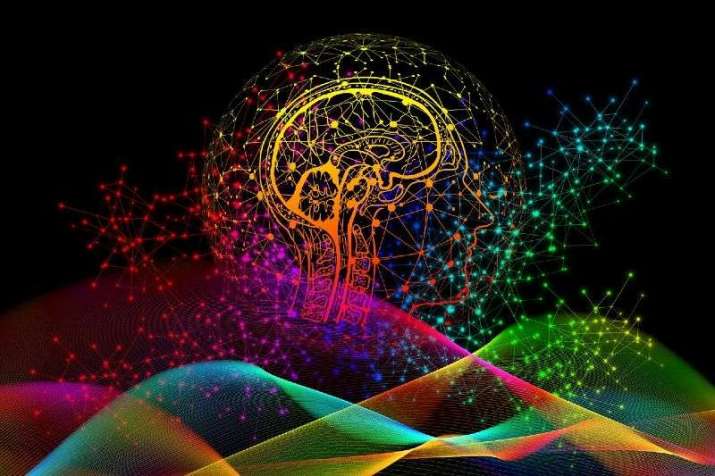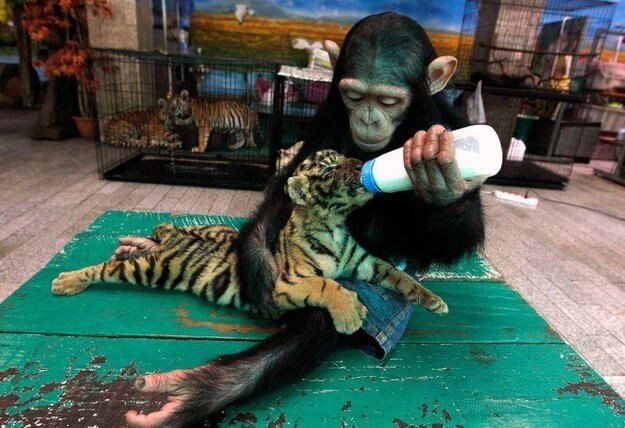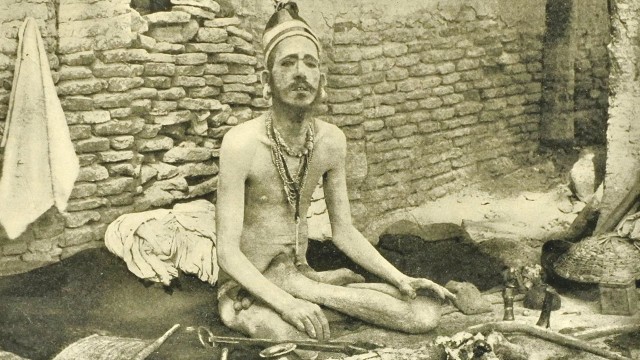
Beings always go with the flow. I wish to deliberately go against the stream — The Buddha (The Questions of Sāgaramati, Chapter 2)
In my previous article for Mindful Technology we started exploring the neuroscience of consciousness by considering leading research. We noted how scientific approaches to studying the brain may sometimes investigate humans and animals from a physiological perspective without distinction, and we saw that this may influence the research questions, methods, and ultimately limit the scope of results.
Studying humans like any other animal—albeit a more articulate animal—means misunderstanding what being human actually means and may lead to a loss of focus for the research lens, causing researchers to miss out on the most important characteristics of humans; what makes humans unique.
In Buddhism, we are taught that human birth is very precious and rare. This is because it offers the possibility for attaining enlightenment: the complete understanding and awareness of all phenomena, which—as far as we know—is not possible in other animals.
This article continues that exploration, seeking to spell out exactly what makes humans so special, what the Dharma has to do with this, and how it all relates to neuroscience.
What distinguishes humans from other animals?
We often think of humans as being specially endowed, but we cannot always point to what exactly makes us special. Is it intelligence? Animals can be extremely intelligent and articulate. Research shows that monkeys can be taught how to count, parrots to sing, dogs to fetch, and so on. Is this intelligence?
Animals are capable of compassion as well. It is not uncommon to see orphan cubs adopted by other species, or instances of animals helping other animals in difficulty.

Animals are capable of love, certainly biological love, as demonstrated by strong mother-offspring relations in mammals, male-female relations in certain species, as well as very affectionate pets such as cats and dogs. Is this love? To determine what is human-level intelligence and human-level love, scholars and thinkers from all ages have devoted vast amounts of time to reflection and experimentation.
In our generation, this inquiry is supported by neuroscience data. However, neuroscience inquiry is often not necessarily shaped to answer such big questions but is rather narrowly aimed at studying the mechanics of biological responses within set parameters determined by alleged scientific paradigms.
Ultimately, what makes humans different from other animals is the ability to exercise freedom of choice, also referred to as free will. This ability to make conscious choices differs from what mechanical animal instincts would command. This is where the Dharma becomes especially relevant.
The Dharma and free will
Although our evolved language, abstract reasoning abilities, and applied skills are required to produce art, crafts, and engineering, these are transient. We can become very learned and skilled, and produce great works of art and engineering, but we will die and nothing will be left. Even the products of our talents: our books, works of art, buildings, and so on, will at some point decay. They may become lost and forgotten, crumble into dust, or end up covered by vegetation.
We have discovered traces of ancient civilizations that must have been magnificent and advanced, but have nonetheless been largely lost to history. How many thousands of years have humans been developing civilizations that vanish and building magnificent cities that eventually become abandoned, without reason, justification, or proof of human existence?
As human awareness evolves, the refinement of our consciousness through our intentional choices is not relative to space and time. It is more like a permanent signature attached to our existence, of which embodied life is only a part.
This experience continues throughout cycles of rebirth until liberation. Consciousness evolves, both as part of our conscious human life experience as well as outside the constraints of physical realms. According to the Dharma, our human condition is influenced or even driven by physical and spatio-temporal constraints, which themselves are caused by previous actions and thoughts.
Humans who have the karma to be lucky enough to benefit from circumstances allowing a glimpse into the nature of mind and its limitations are on a path seeking liberation. This path is intended not only as liberation or alleviation from suffering—itself a great relief to the pains of being mortal—but also as liberation from mental and physical conditional responses dictated by our primordial and mechanistic animal instincts.
The Dharma teaches us that we can break the mechanistic cycles of destiny determined by the social, historical, and physical conditions in which we are born. We can do this by firmly adopting enlightened practices and by discarding anything else that may obstruct our path. Thus, we develop wings that can take us beyond being trapped by conditioning and by developing our own consciousness—increasing awareness and living accordingly. This path of developing and exercising free will can be one of the most exciting and reckless drivers for human life. It is only possible through focused evolution of consciousness. Dharma practice supports the safe exertion of free will by making a path available that has been opened by those who became enlightened before us.
Developing free wil for the purpose of gaining liberation and the benefit of all sentient beings is one of the main aims of yoga and Dharma practices. And finally we can begin observing this development in the brain thanks to advances in neuroscience.
The yoga and Dharma of free will
Yogis are known for various feats, including the ability to develop and maintain free will—sometimes to some extreme. Yogis with certain attainments are capable of outstanding free will to the point of being able to keep a single asana posture for long periods, or reducing their need for food, water, and even oxygen and, so it is said, even to control involuntary muscles.

Breath control (pranayama), body postures (asana), and control of one’s mind, leveraging yoga techniques and other practices, is a path to evolution from the instinctive animals that we are born as to fully sentient beings in control of our destinies and choice; a path to the evolution of consciousness that eventually leads to liberation.*
Different Buddhist traditions offer different paths for developing and practicing free will. Fundamentally, it is through exercising control over one’s mind—recognizing afflictive and destructive emotions and their influence on our behavioral responses—and then consciously behaving according to principles of right conduct that one increases freedom. Each school of Buddhism, and even specific teachers, will offer different paths tailored to the individual practitioner.
This free will, however, may not always go down well with social norms developed to condition human behavior to serve certain purposes. Examples include commercial, political, or even religious engineering: modern economies make humans increasingly dependent on conditioning by imposing constructed beliefs and norms that leverage and exploit impulses like heavy chains. They tie us down by our needs and wants, which are not inherent to our pristine, primordial, and quintessentially liberated nature.
Certain social structures, connected to wealth and beliefs, create bonds in societies designed to inhibit and penalize the exertion of free will. Too much free will is frowned upon, especially in women.
Often people who want to follow the path to liberation need to leave society behind, including family and friends, and practice their free will elsewhere because the status quo inevitably imposes limitations onto the life experiences of those who want to break free from conditioning, including Shakyamuni Buddha himself.
Advanced practitioners, above all, control their minds and emotions. They focus their intention to be free from conditioning, responding according to their moral values rather than according to their animal instincts or conditioned responses
This is often achieved at some cost, referred to as renunciation. Acting out of free will based on a choice of principles means being prepared to let go of everything associated with grasping at the results of mechanical instincts. This includes, if necessary, losing one’s life, or everything that appears to be life. But by exercising free will and renunciation of the fruits of conditioned thinking, such as mundane success or flattery, it is possible to develop a clear mind, direct realization, and direct perception, along with less dependence on the material world.
In my next piece, we will further explore just how this is understood through neuroscience, as well as the limitations to current scientific research on free will.
* Bronkhorst, Johannes. 2012. “Free Will and Indian Philosophy.” ANTIQVORVM PHILOSOPHIA. 6. pp.19–30.
See more
The Questions of Sāgaramati (84000)












